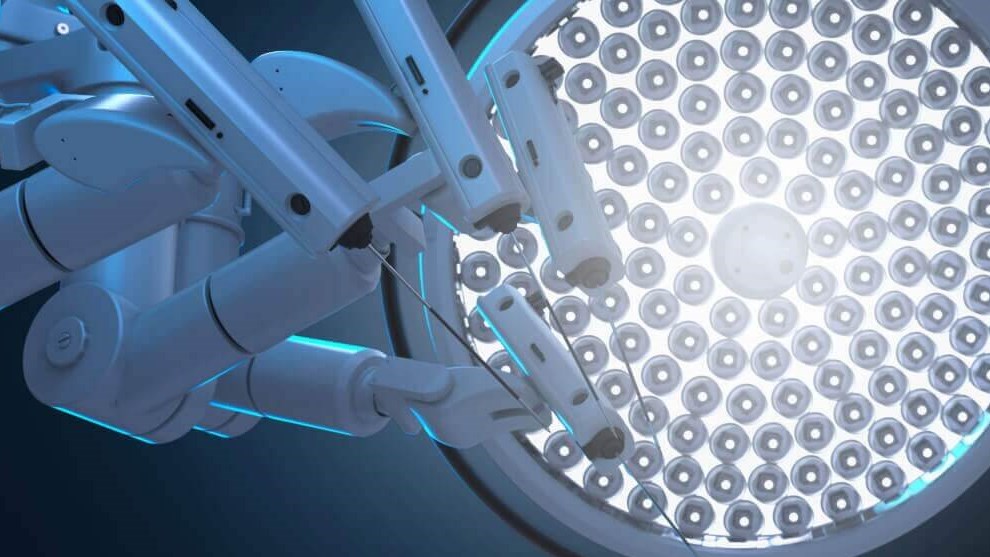Spleen Removal Surgery in Scottsdale, AZ
WHAT IS SPLEEN REMOVAL SURGERY?
Arizona Premier Surgery, serving the greater Phoenix area, offers laparoscopic spleen removal surgery for patients that qualify. The spleen is a blood-filled organ that is located within the abdomen in the upper left area. It is an organ that stores red blood cells, as well as disease-fighting white blood cells which help to filter the blood. The spleen is a part of the immune system and helps the body fight bacteria while removing old and damaged blood particles from the system. It essentially affects overall platelet count, which includes both the red and white blood counts. Some men and women need to have their spleen removed for medical reasons or other reasons that may cause it not to function properly. The surgeons at Arizona Premier Surgery incorporate the latest surgical methods, including laparoscopic surgery, for safe, effective removal (also known as a splenectomy).
COMMON REASONS FOR SPLEEN REMOVAL SURGERY
Testing of the spleen using an ultrasound, MRI, CAT scan technology, or another digital form of imaging will help your physician understand if spleen removal is necessary. The spleen is generally not removed for elective reasons but for medical purposes. The initial evaluation usually includes your blood count to examine the sizes, amount, and shapes of the cells in your blood. Understanding this is very helpful in understanding the cause of the underlying problem and allows us to effectively plan for surgery.
The most common reasons for spleen removal surgery include:
- ITP, also known as auto-immune thrombocytopenia purpura: This occurs when a patient’s platelet count is low. Essentially, the body makes antibodies, which can destroy the platelets in the spleen. This is seen as a risk for patients since platelets aid in blood clotting and without them, patients are at risk for bleeding. If medical therapy does not prove to be effective, spleen removal is considered.
- Malignancy: In rare cases, patients with a malignancy will need to have spleen removal. This generally happens when an individual is diagnosed with a cancer of the cells that are known to fight infection, such as lymphoma or various types of leukemia. The spleen is also sometimes removed so that a tumor can be properly diagnosed or treated.
- Hemolytic anemia: Some anemic patients will need spleen removal to prevent or decrease the need for transfusion.
- Genetic conditions: Various diseases that impact the shape of red blood cells, such as sickle cell disease, may require spleen removal surgery to help improve the symptoms caused by the disease.
- Other reasons: Sometimes an infection (although rare) will result in the need for spleen removal. In addition, if the blood supply to the spleen becomes blocked or an artery becomes abnormally large or expands (aneurysm), spleen removal will be necessary.
REVIEWS
“Dr Pepple saved my life. He is very patient and explains things well – to your level of processing. He also has a fun personality without being a clown. He seems to be well read in modern practices – which comforts me as things change rapidly. He also quickly calls the person you give him to call – that surgery went well. In my case – I was blessed…
– L.M. / Google / Jul 22, 2021
HOW LAPAROSCOPIC SPLEEN REMOVAL WORKS
Most patients are candidates for laparoscopic spleen removal. The biggest factor with this procedure is surgical experience so that a successful outcome can be achieved. The size of the spleen must be thoroughly assessed to determine if it can be removed laparoscopically. Traditional surgery may be used if a spleen is enlarged beyond a laparoscopic approach.
During surgery, the patient is placed under general anesthesia and a cannula (hollow tube) is inserted into the abdominal cavity. Once inserted, carbon dioxide gas is used to expand the abdomen and create a larger, more visible space to operate. Next, a tiny telescope connected to a video camera (known as a laparoscope) is moved through one of the cannulas so that a video of the internal organs can be projected onto a nearby monitor. During the course of the procedure, several small cannulas are used in different areas on the abdomen to allow your surgeon to place the surgical instruments inside your stomach to effectively remove the spleen. Small sutures are used to close the incisions. Because the incisions are tiny to begin with, scarring is minimal after surgery.
WHAT TO EXPECT WITH SPLEEN REMOVAL SURGERY
After a splenectomy, patients will be monitored and given intravenous fluids. Pain medication may be administered to help relieve any discomfort. Patients need to rest for a few days following surgery but should be able to urinate, walk, and resume some normal function prior to being released from the hospital. Although individuals will experience different levels of recovery, depending on your condition and overall medical health, the advantages of laparoscopic spleen removal are similar for each patient, which include:
- Smaller incisions
- Less post-operative pain and discomfort
- A quicker return to a solid food diet
- A quicker return to normal daily activities
- Less scarring
SAFE AND EFFECTIVE SPLEEN REMOVAL
Contact Arizona Premier Surgery to schedule your appointment for spleen removal surgery with one of our seasoned surgeons. Our greater Phoenix area surgery centers use the latest technology and surgical methods, such as laparoscopic surgery, to produce better outcomes for patients. We have offices conveniently located in Chandler, Scottsdale, and Gilbert, AZ.



